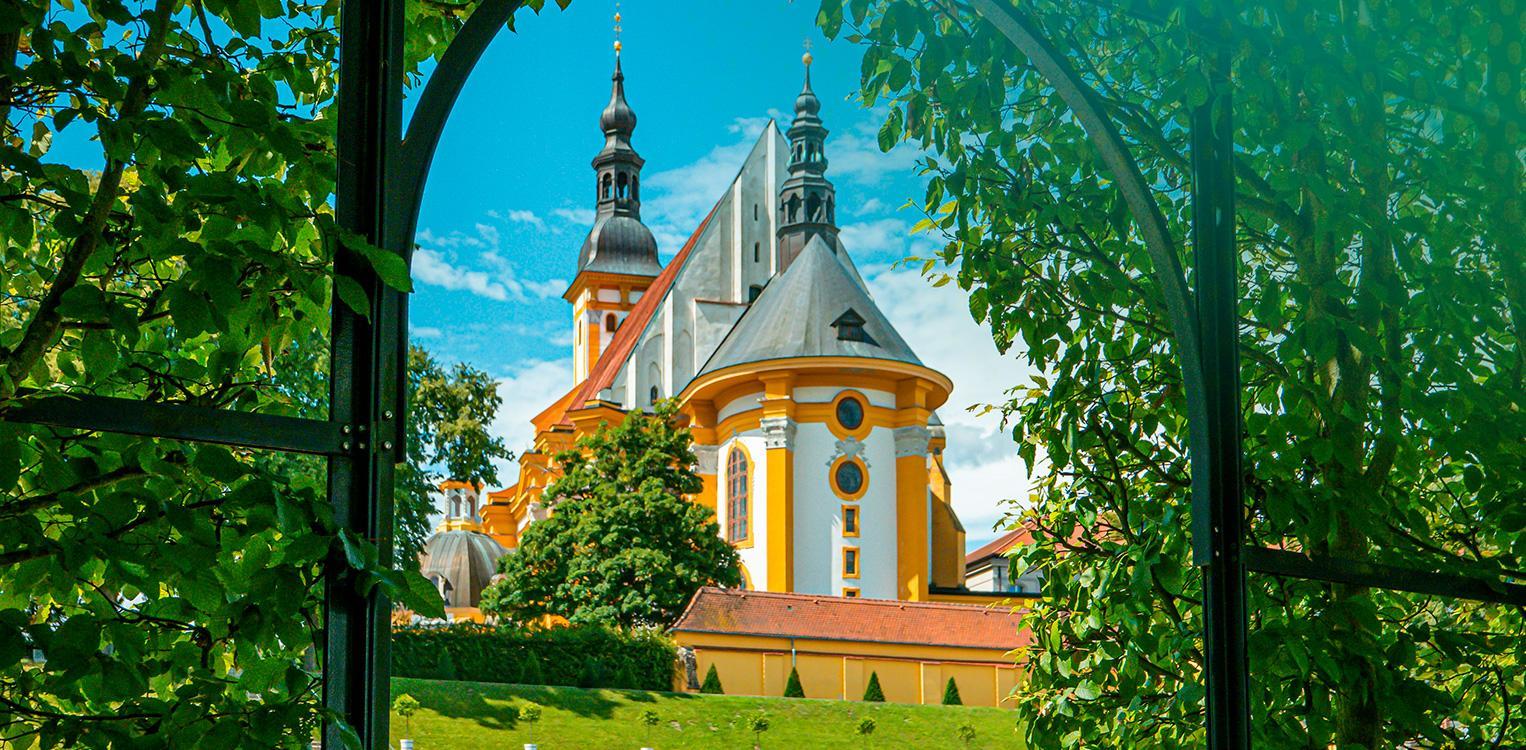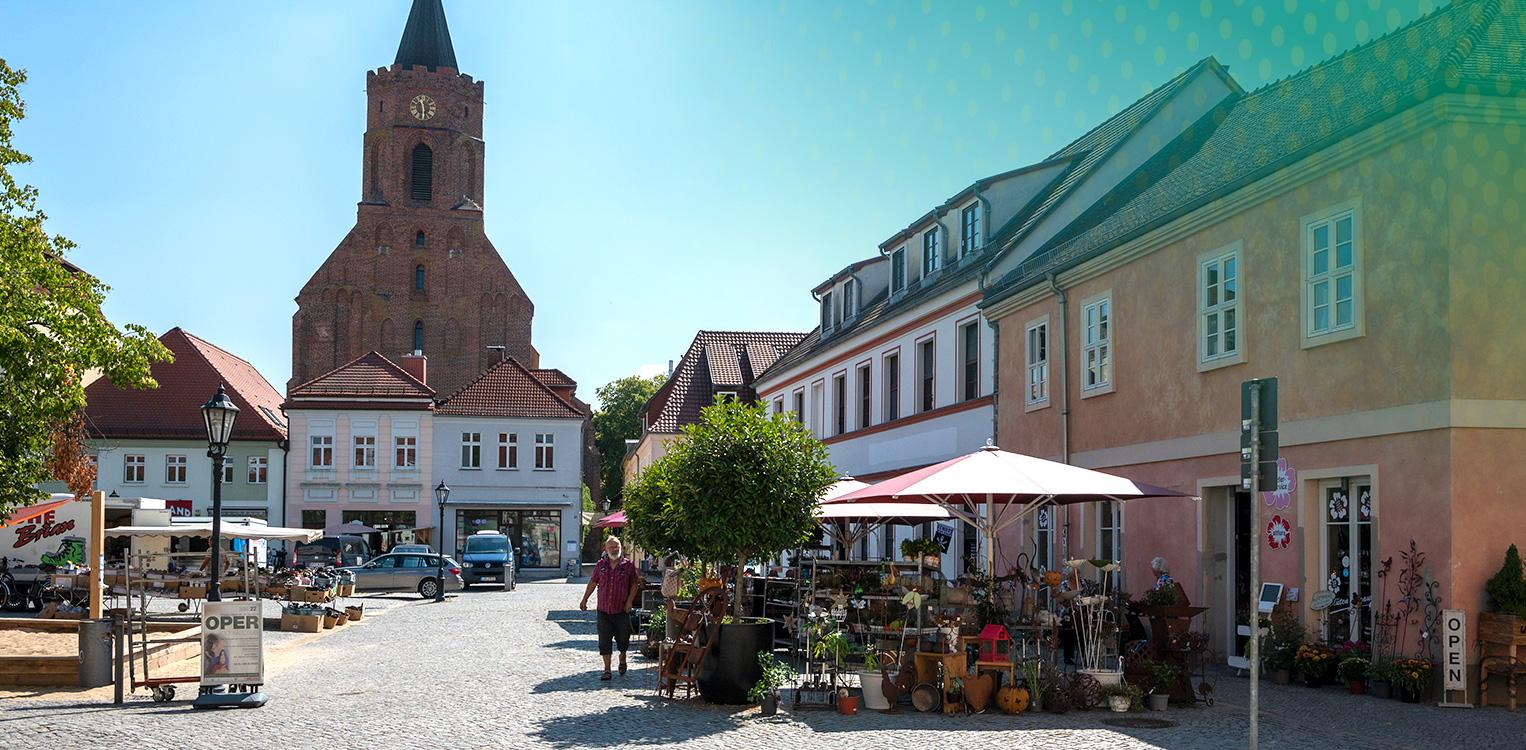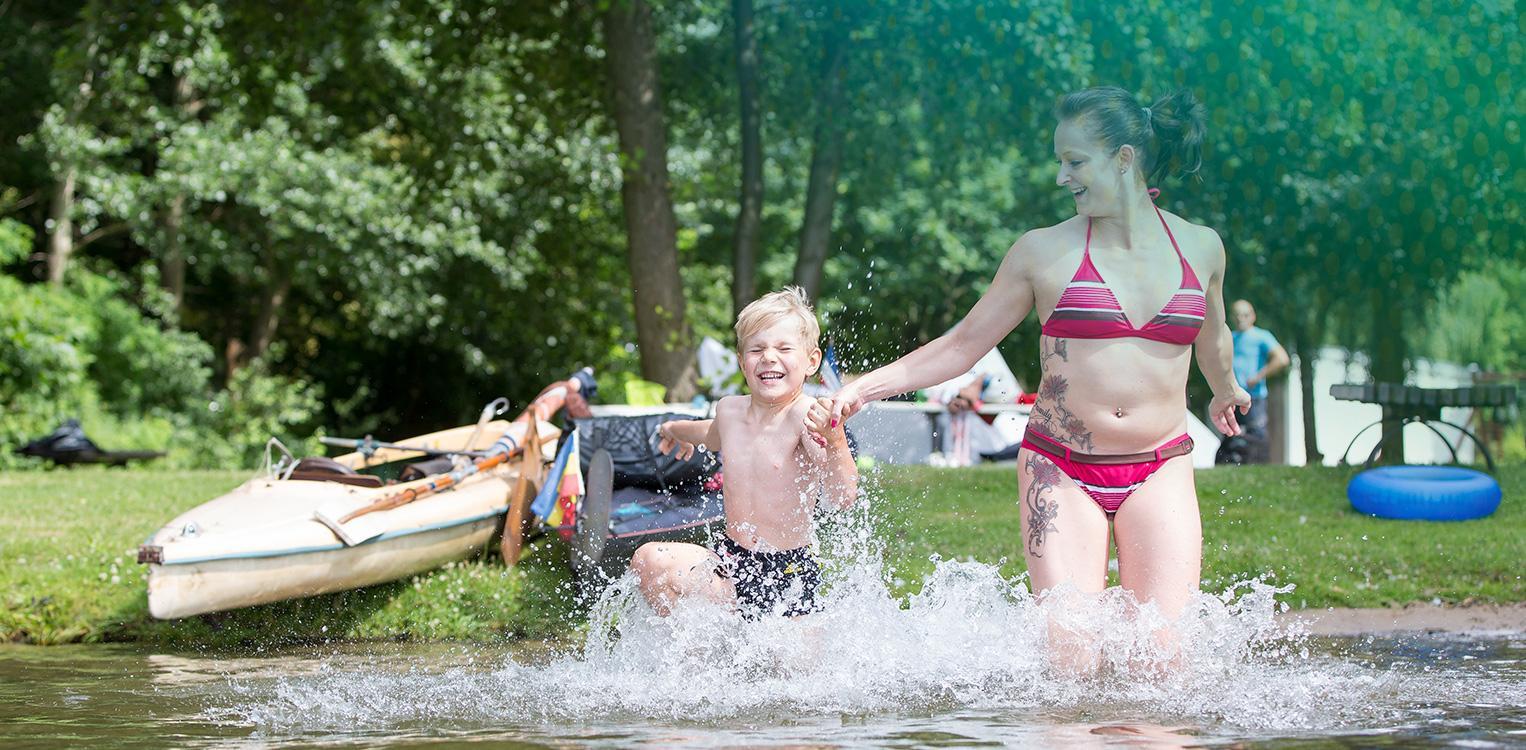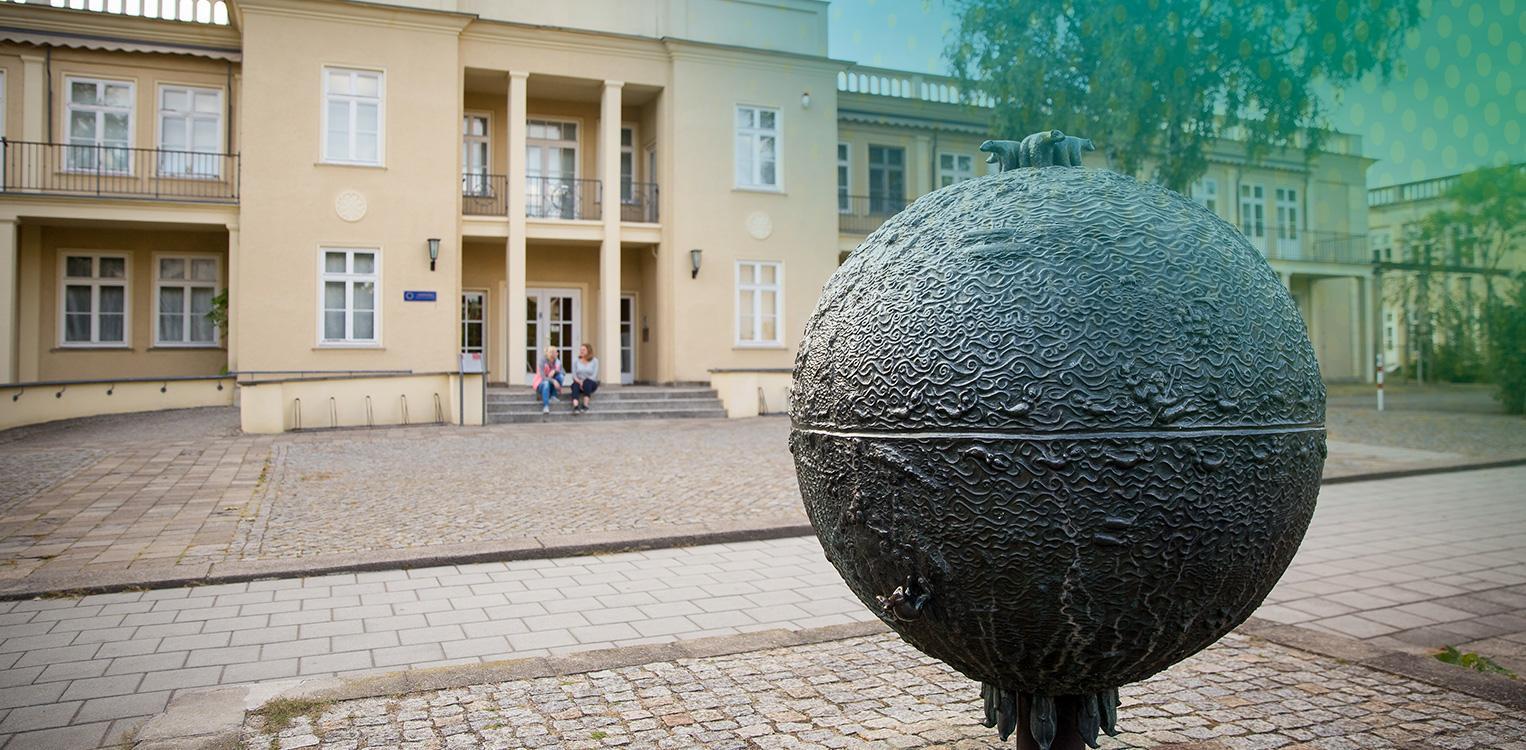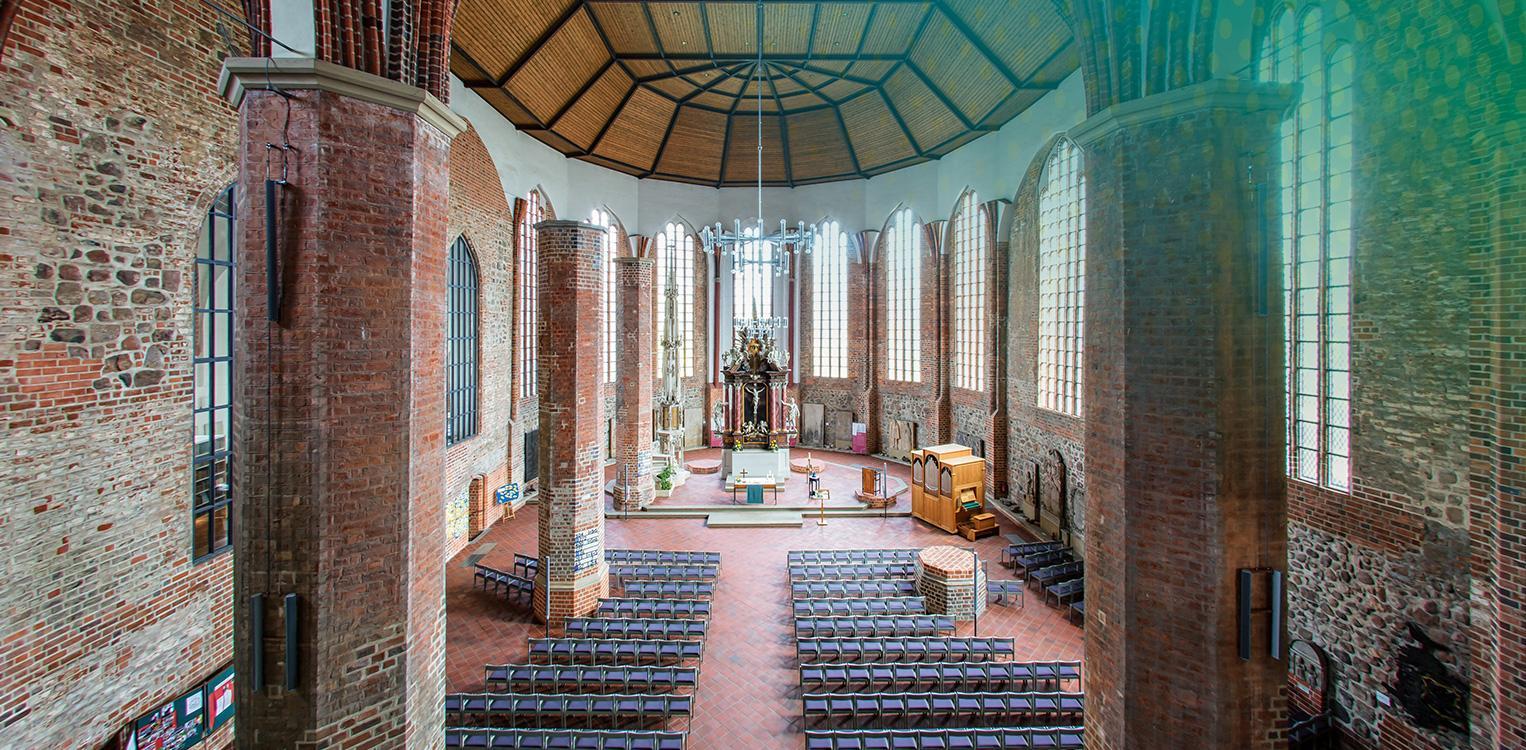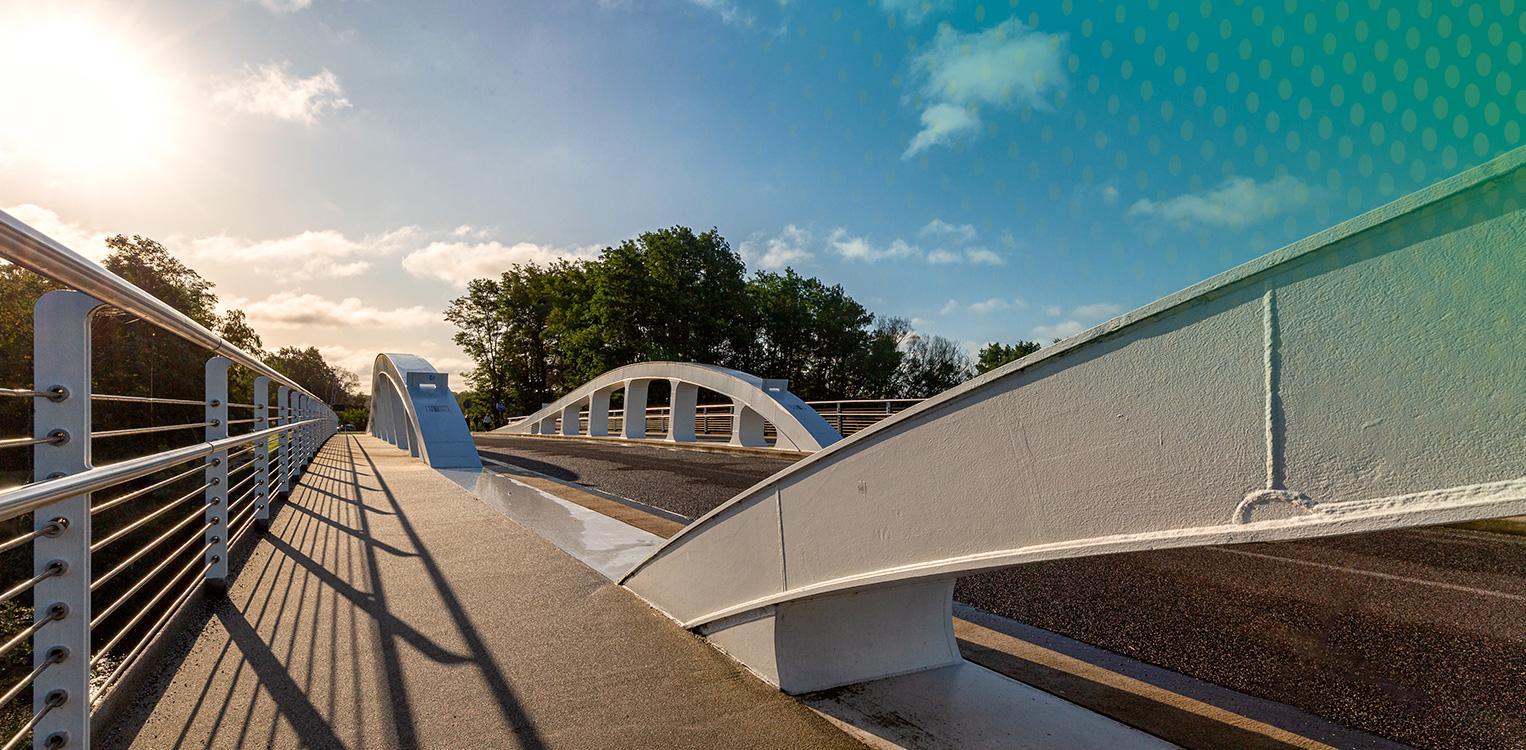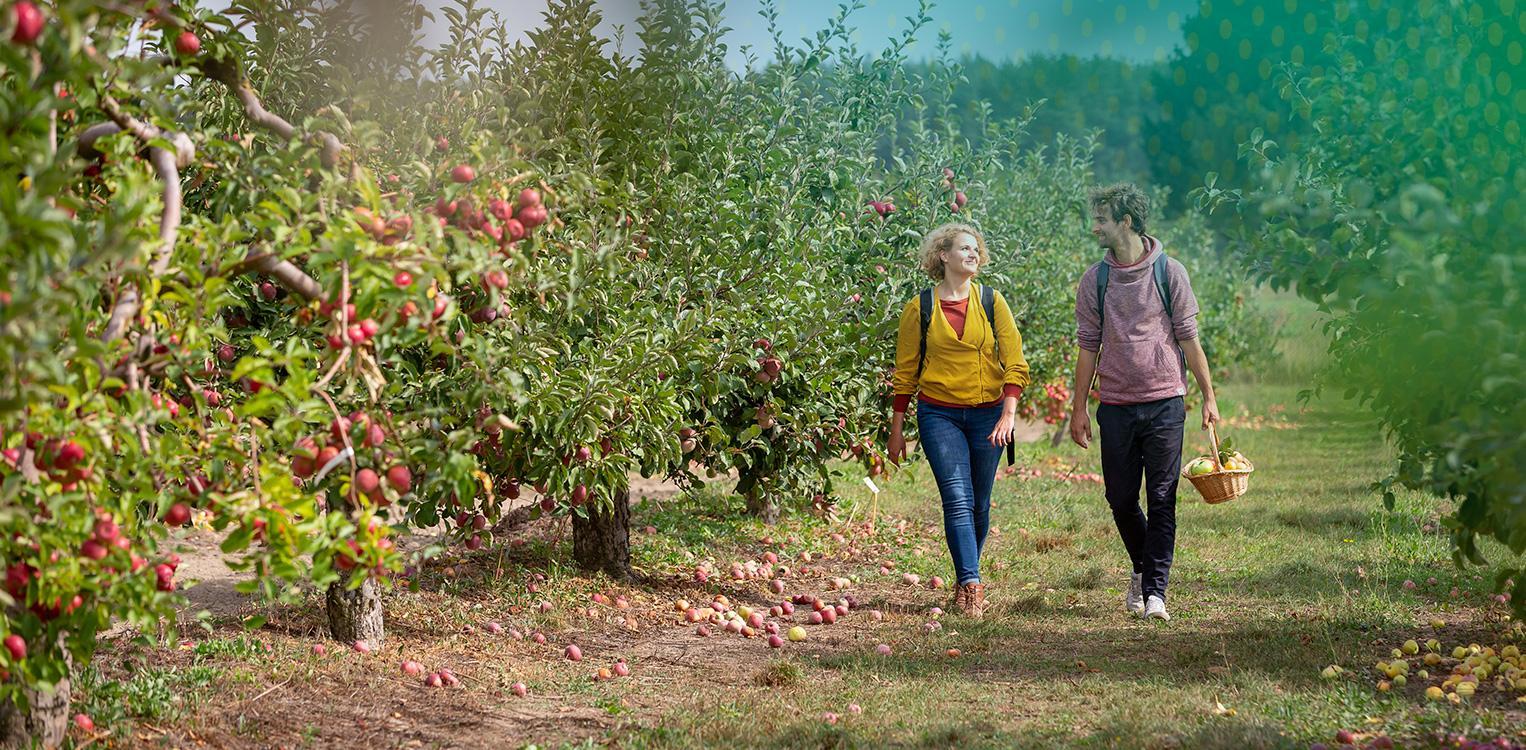The district of Oder-Spree is characterized by an excellent location. The spatial proximity in the shadow of the metropolis Berlin, to the capital airport Berlin Brandenburg "Willy Brandt" (BER) as well as to the university locations Wildau, Cottbus and Frankfurt (Oder) on the German-Polish border stands for accessibility, innovation and access to highly qualified workers.
With its high quality of life, a diverse economic structure and the economic centers of Fürstenwalde/Spree and Eisenhüttenstadt, it offers an attractive functioning environment for investment projects, as impressively demonstrated by the Tesla Gigafactory.
Almost as big as Saarland
With its area of 2,256 square kilometers, the district of Oder-Spree is only slightly smaller than Saarland, which covers 2,570 square kilometers. The north-south extension is 55 km, from the outskirts of Berlin in the west to Frankfurt (Oder) in the east it is even 76 km. The transport links are excellent, and the district is also very easy to reach by water via the Oder, the Spree, the Oder-Spree Canal and the Storkow waters.
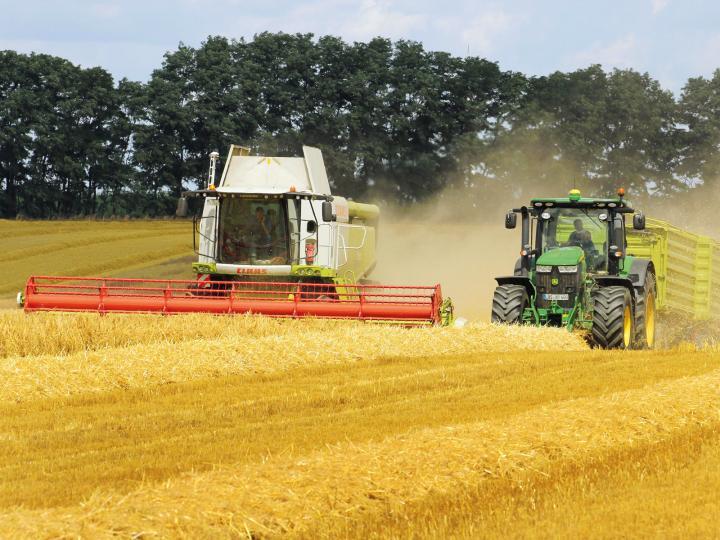
Agricultural
In the district of Oder-Spree and the city of Frankfurt (Oder) - the association area of the Kreisbauernverband oder-Spree e.V. - about 84,000 hectares of land are used for agriculture. The focus is on cereal cultivation and milk production. With an area share of about 12%, organic farming plays an important role. Fishermen, beekeepers and gardeners also find good production conditions. Direct marketing of self-produced foodstuffs is widespread throughout the district and is well received by the population.
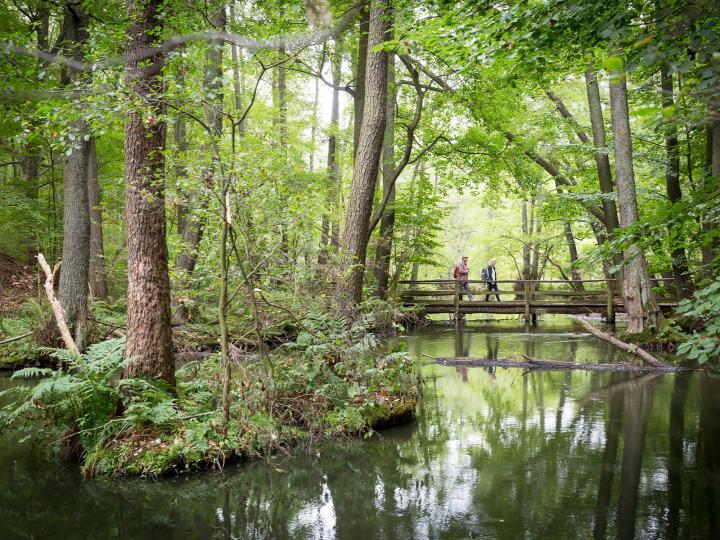
Attractive tourism region
Oder-Spree is one of Brandenburg's districts with the most forests and waterways, so tourism also plays a major role here. More than 300 lakes, small canals, streams and, of course, the namesakes Oder and Spree offer a variety of opportunities to be out and about on the water. Untouched nature can be experienced in the Schlaubetal, which was formed during the ice age. Many historical and cultural attractions such as the baroque Neuzelle Monastery or the Oder-Spree Opera attract guests from near and far.
Birth rate at high level
In the district of Oder-Spree, the birth rate of 1.85 is well above the national and state average. The overall population trend is stable, with 179245 people living in the district at the end of 2021. Due to the large extension and rural character, the population density is comparatively low at 79.43 inhabitants per square kilometer.
Dynamic development
Gross domestic product in the district grew by a total of 20.6 percent in the period 2015-2020. This puts Oder-Spree at the very front of the pack in terms of national economic growth, ranking 25th.
This is also reflected in the labor market: over the period 2018-2022, the unemployment rate fell significantly, employment figures rose more strongly than the state and national averages, and the proportion of unfilled apprenticeship positions is comparatively low.
(Source: PROGNOS Future Atlas)

District of Oder-Spree
District town Beeskow
Inhabitants 179,245 (as of 2021)
Area 2,256.75 km²
Breitscheidstraße 7
15848 Beeskow
www.landkreis-oder-spree.de

